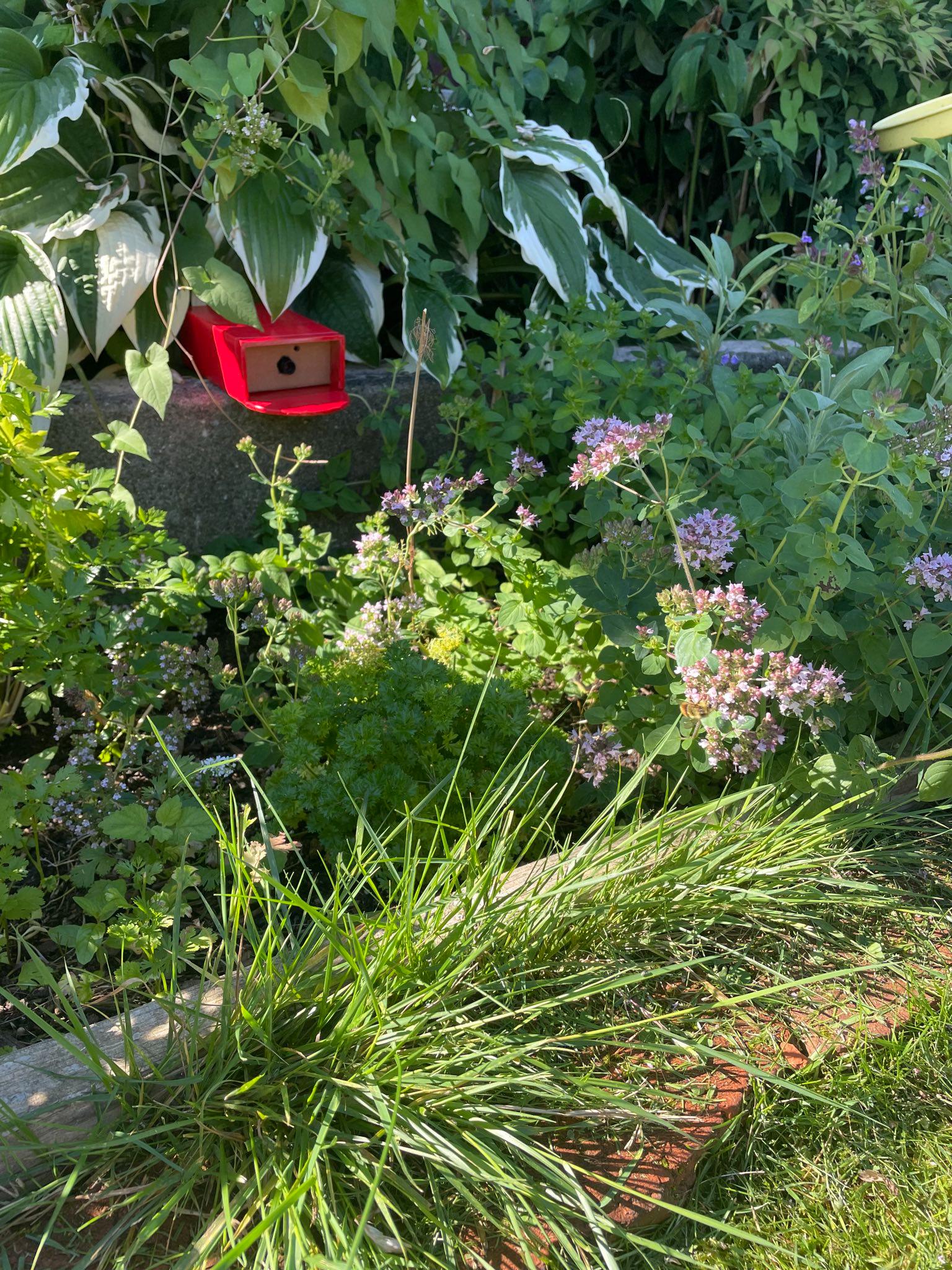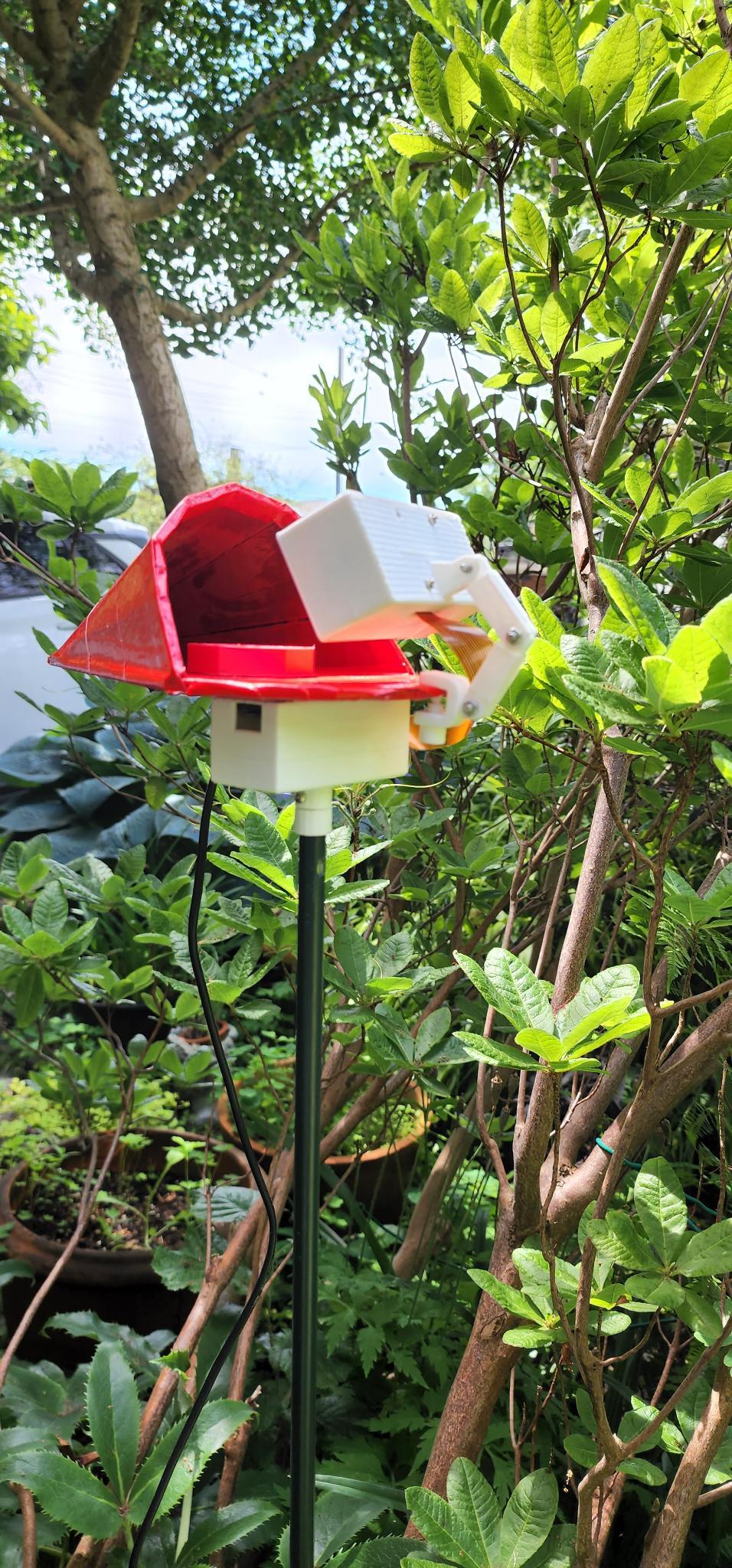The aim of the Turner Boxes project is to investigate through design what a relationship might be with wild bees in urban settings in which we are neither stewards nor extractors–for shorthand we refer to this as “non-instrumental”. Arguably, there is a good case for not designing at all, especially with technologies, in ways that involve nonhuman species and ecologies. Especially, given that historically this has resulted in exploitation, extraction, and harm. Yet, in the context of cities and urban environments, nonhuman species and ecologies are irreversibly entangled in the same technological environment as us, a shared technicity (Haraway 1991, Ihde 1990) made up of radio frequencies, electricity, transportation, and so on. The technicity of urban environments impacts both human and nonhuman species. Yet, despite this, the systems and technologies we design and implement in cities are anthropocentric, human-centered such that interactions with nonhuman species is at best at the peripheries of concern and more than not simply overlooked.
The goal of the project is for the Turner Boxes to be a network of sensing devices in the form of artifacts or boxes inspired by research instruments designed by Charles Turner, an early 20th century zoologist and entomologist. In his 1910 publication of his experiments and findings on color perception of bees (Turner 1910), he published the plans for the cardboard boxes he used to train and dispense honey to honeybees. We based the design of our artifacts on his design. The Turner Boxes will sense and identify bees in different parts of our neighborhood by creating multiple nodes, each consisting of two to three boxes, to be placed in different gardens of people’s homes. The design and deployment of the Turner Boxes are a way for us to investigate technologically mediated relationships with species other than humans in an urban environment.
In the design of the Turner Boxes, we changed the artifacts from sucrose feeders as Turner designed them, into cameras. The idea is that the Turner Boxes would be positioned next to plants chosen for their preference by pollinators, for example oregano, lavender and tomatoes are a good match with bumblebees. The cameras would take photos at preprogrammed intervals when it was predicted that wild bees would be most active. The predictions would be generated by a machine learning algorithm utilizing forecasted weather data (foraging patterns are impacted by weather) including cloud cover and humidity, flowering periods of plants, air pollution, and hourly temperatures. In addition, the daily generated images will be collected and processed for bee species detection to identify successful predictions. This data together with the time stamps of the image will be used to improve the predictions of the best times of days and intervals the Turner Box of any given node should take photos. This arrangement requires daily collection of data from each node as well as uploading of new times and intervals to take photos. We decided that the research team would walk from node to node in the neighborhood to collect this data and upload new photography times. The vision recognition and machine learning algorithms would be processed centrally, separate from the network. These plans were decided to minimize our use of wireless technologies in proximity to bees and add more of a human component.



